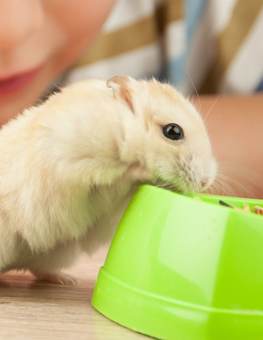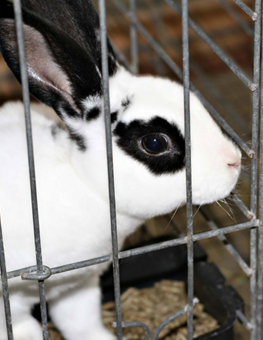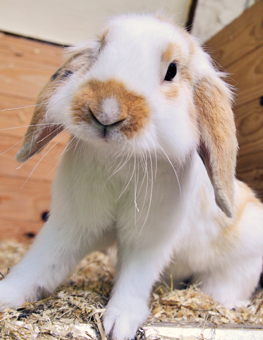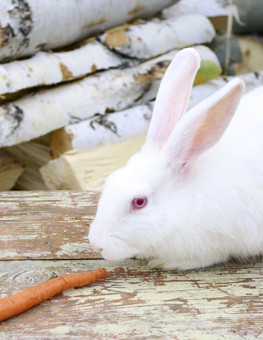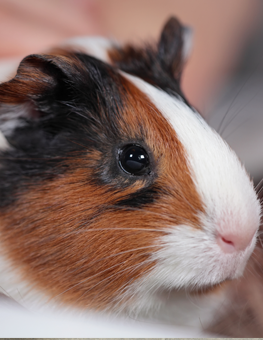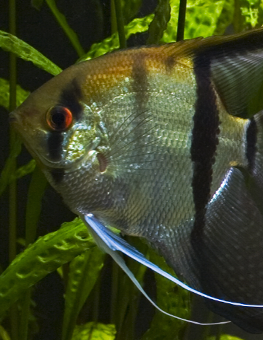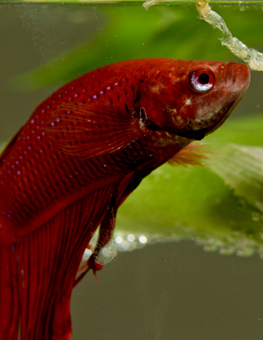Choosing the Right Bedding
With so many products on the market, keep a few essentials in mind when choosing small animal bedding.
Waste-absorbing litter or bedding is required for most small animal cages. Whichever product you decide on, always change the litter or bedding often to keep your pet healthy. Many good options are available, but be aware of some things that can cause problems for your pet.
Bedding types
There are numerous bedding options for your small animal. Each has its pros and cons. You need to find one that works best for you and your pet.
- Pellet Bedding. It is made from either recycled paper, compressed aspen, wheat grass or cellulose fiber. While your pet's health isn't in jeopardy, the pellet bedding can often crumble and get dusty.
- Aspen. Since it is a hardwood, there are no toxic phenols. But it can be messy and difficult to vacuum.
- Litter Boxes. If your animal can be trained to use a specific area in his cage as the "bathroom," it can make clean up easier. Be sure to use a different material in the litter location so your pet can differentiate between his floor and toilet area. Regular cage cleaning is still necessary.
- Corncob Bedding. If it is consistently wet, it can grow mold and rot, so be sure to change it often.
- Shredded Paper. Be wary of toxic ink and sharp edges. If you use shredded paper be sure the ink is made from soy or vegetable ink.
- Wood Chips. Make sure they are completely sterilized and free of dirt, mold, fungus, bacteria, insects and animal waste.
Changing the bedding
When deciding how often to change your small animal’s bedding, use your pet’s size to guide you:
- The larger the animal, the more frequently the bedding or litter will need to be changed.
- You may need to change it daily, twice weekly, weekly, or semi-monthly.
- Never go longer than two weeks between changes.
Creating a comfortable and healthy environment for your small animal is key to ensuring your pet's health and happiness.






